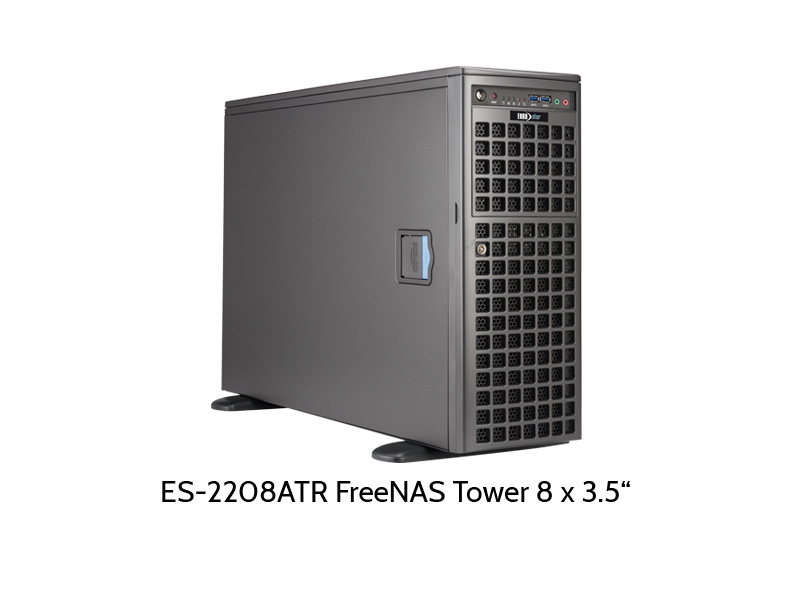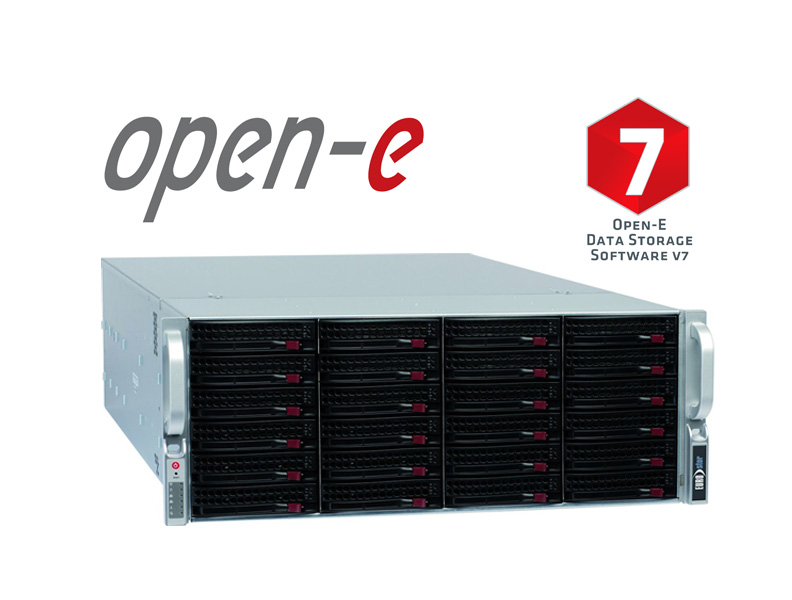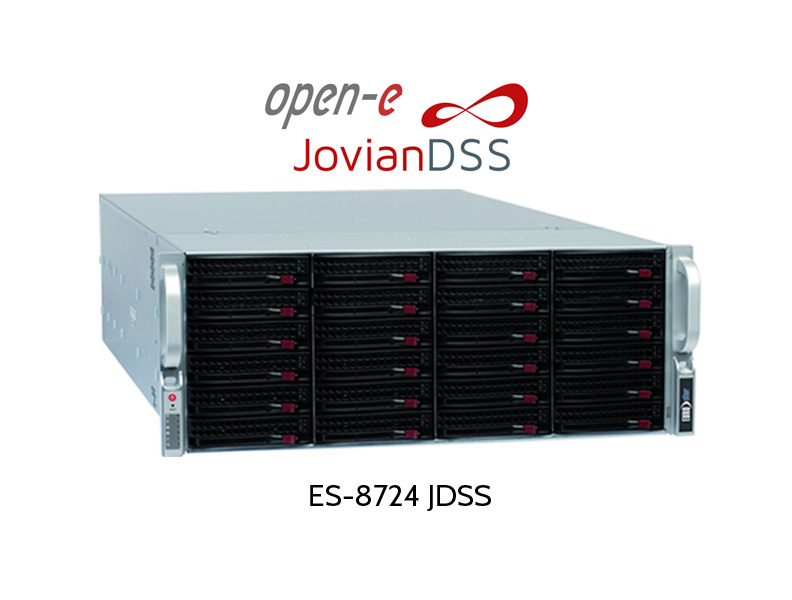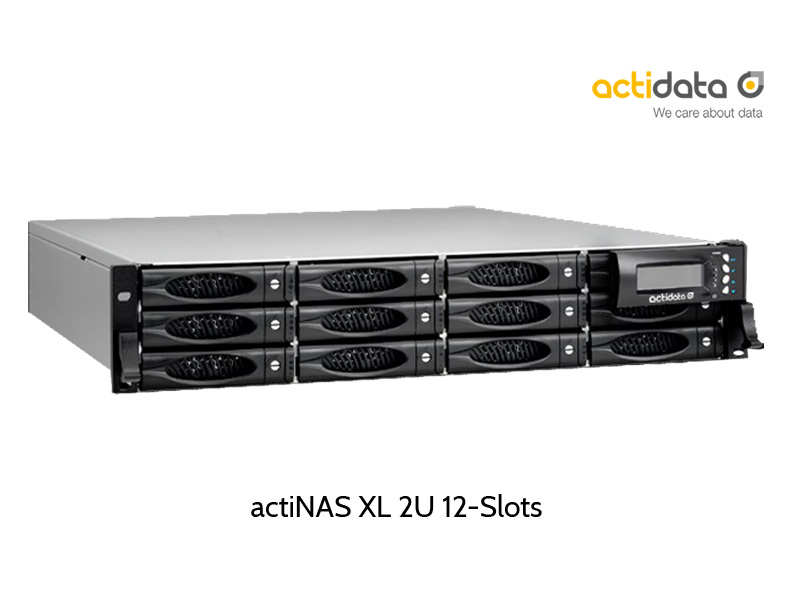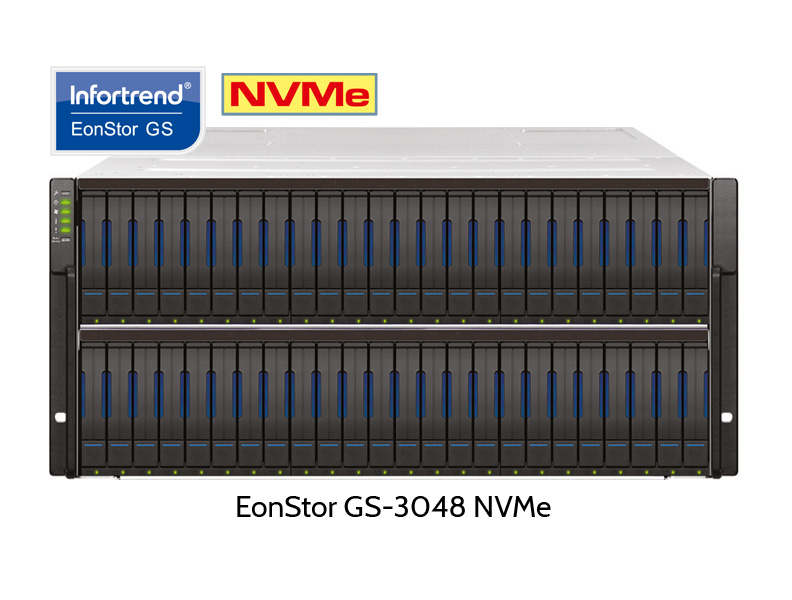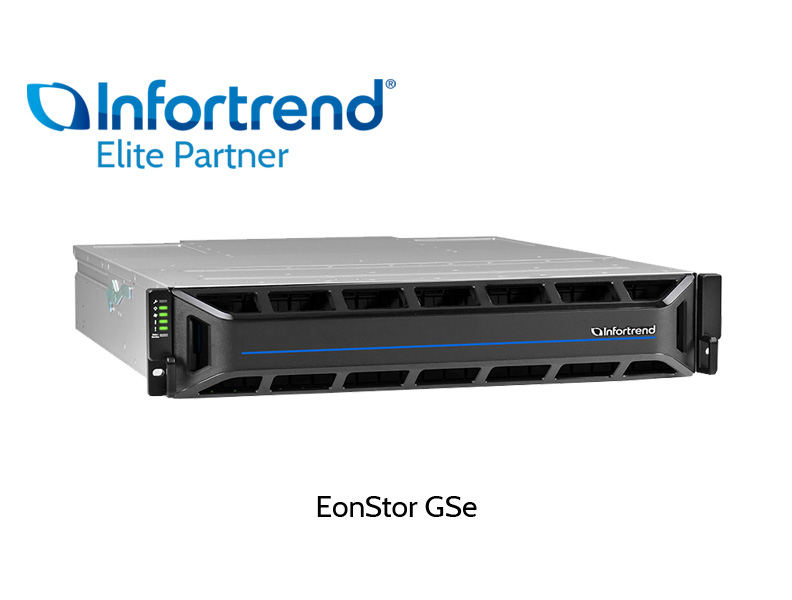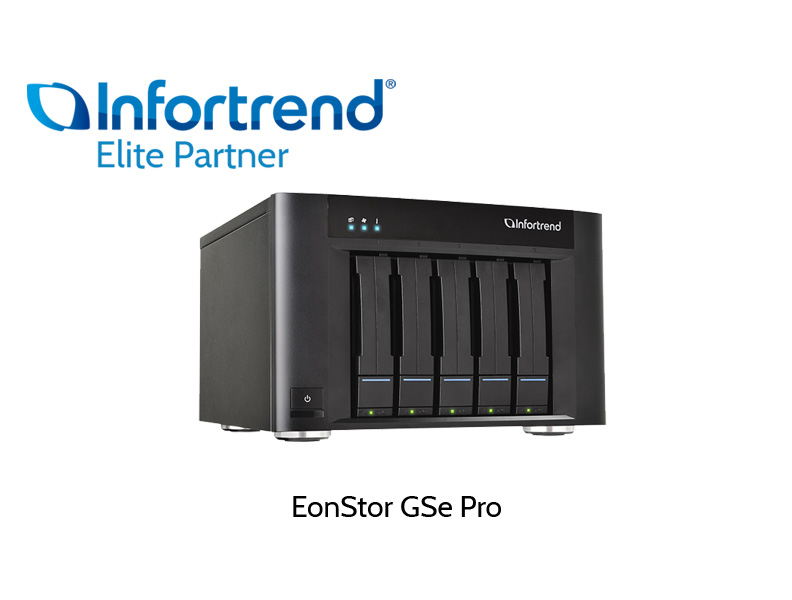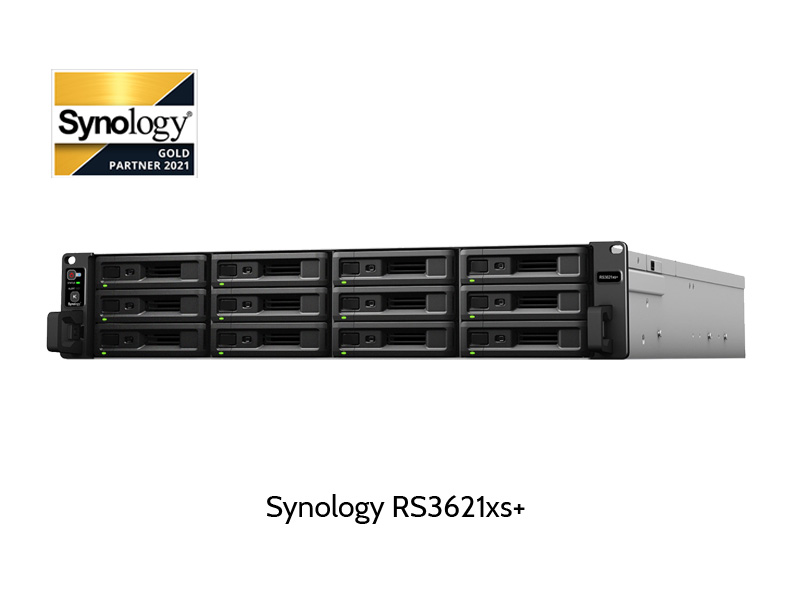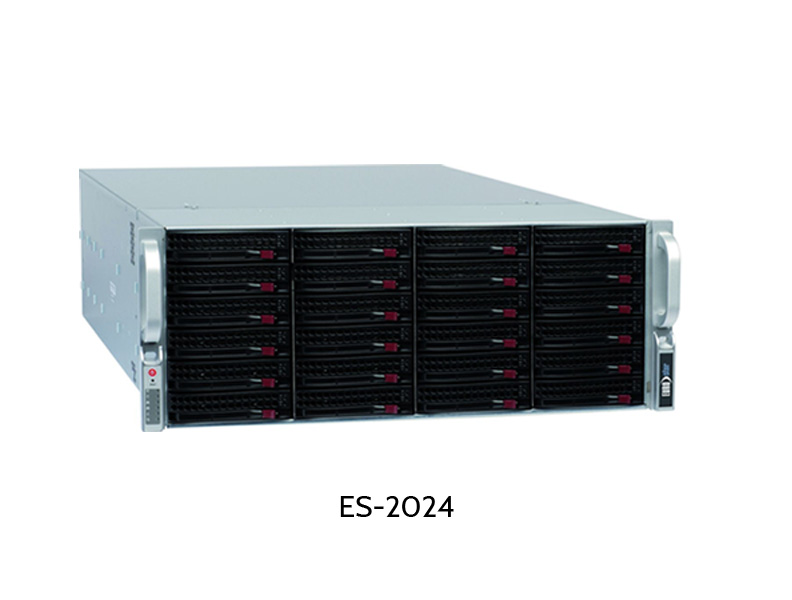Unified Storage
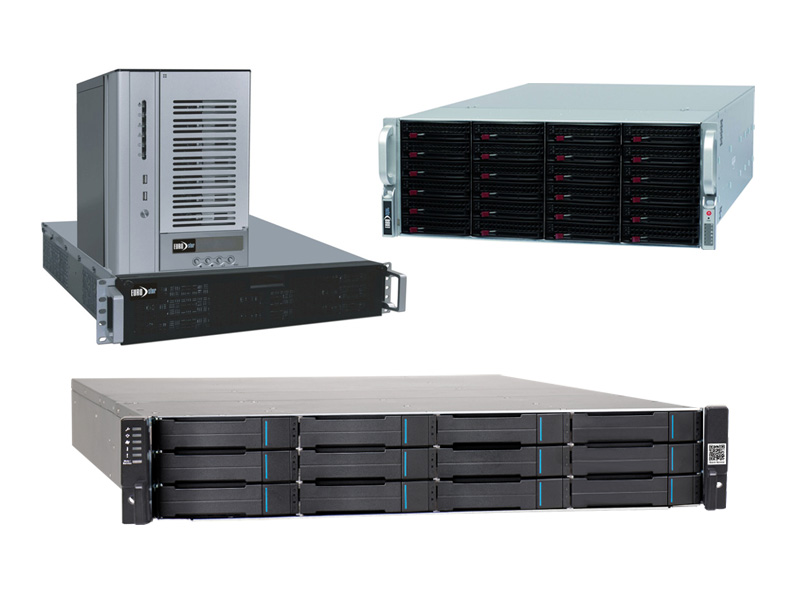
Unified Storage systems combine file and block level access within one storage system. Block level access is based on iSCSI (or, depending on the product, also SAS and Fibre Channel), whereas file level access is done with NFS or CIFS.
The unification of both the technologies within one system offers maximum flexibility, as block devices are faster, but file devices can be accessed by many clients at the same time.
Eurostor offers different kinds of Unified Storage systems, some of them with ZFS file system or also as high available clusters.


